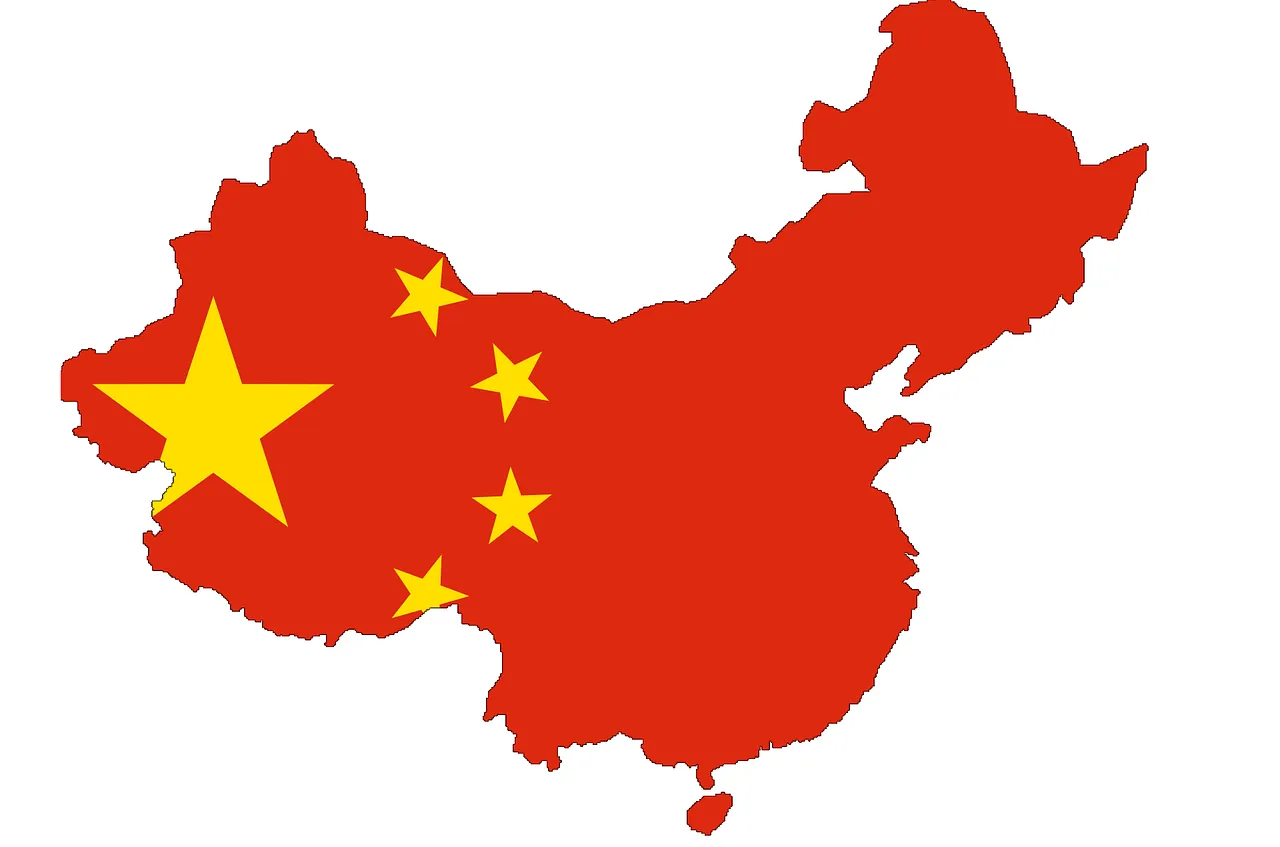
The glycemic and insulin indexes are an average multidimensional matrix that does not consider different food compositions, making them inaccurate.
The seeming advantage of existing calculation methods in nutrition is their relative simplicity. However, these methods are unsuitable for the 21st century, when everyone has a smartphone.
Here are some simple examples to illustrate the potential misunderstandings regarding nutrition computations:
The measurement methods available today in nutrition are too simplistic and systematically misleading to many. Their only advantage is their simplicity, which is nothing more than a rule of thumb! (Very rough)
- All caloric calculations are inaccurate. (You will find a detailed explanation in the article at the attached link.) The caloric value of different foods can not be lost (laws of conservation of matter and energy). Still, the routing of another designation completely changes the energetic contribution of the food to the weight and available energy.
- The conclusion is that sugars and carbohydrates are a cause of diabetes! It does not consider whether the sugar comes from fruit, natural sugar, or a cake. (For example)
- Conclusion Eating starches (such as rice) is not advisable, which is fundamentally wrong. Starches have a glycemic index value and a high insulin index. See an instructive example of a terrible diabetes (type 2) outbreak in 21st-century China.
- Meat, poultry, and cheeses have low glycemic and insulin index values. The conclusion that they are healthy and recommended (especially for diabetics) is fundamentally wrong!
- People are afraid to gain weight and do not consume natural oils and fats because of their high caloric value. However, calculating caloric values is incorrect, especially concerning various fats and emulsifiers. There is no distinction between industrialized oils (such as margarine), most highly toxic and harmful, and natural oils and fats.
A practical example illustrates the drawbacks of using the glycemic and insulin indexes. 
Due to processed foods and beverages, Type 2 diabetes has become an epidemic in China. The Chinese diet, even today, is not very rich in sugars.
A combination of an industrialized diet, an unhealthy, leisure-free lifestyle, and constant stress devastates the body and mind.
- Diabetes type 2 patients rose from about 20 million in 2000 to about 110 million in 2015, and a forecast of 150 million in 2040. By 1980, type 2 diabetes in China was an uncommon disease.
The leading cause of T2D is transitioning from a plant-based diet to a highly processed and industrialized animal protein diet combined with a stressful lifestyle.
- The most notable dietary change in the period under consideration is a dramatic increase in meat, dairy, pastries, and fast food consumption. Chinese cuisine is based mainly on frying; switching to cheaply refined oils has turned them into trans fats.
- China's meteoric development has put heavy pressure on its population.
A similar phenomenon (but less acute than that of China) exists in Japan and Korea.
- The cultures of the Asian peoples are very competitive and disciplined, with complex work values that leave little leisure time.
Is rice the cause of diabetes? (The answer is no)
- The diet of Asian people is based on rice as the main carbohydrate. But rice is not to blame! Until 40 years ago, diabetes was a marginal disease in Asian nations, while rice is an ancient food.
The countries with the lowest diabetes rates are Lithuania, Estonia, Ireland, Sweden, Luxembourg, England, and Australia.
- These countries consume no fewer carbohydrates and sugars than exist in Asian nations. The British Fish and chips are no better than the Japanese diet! The main difference is the leisure cultures.
Until 100 years ago, diabetes was a rare disease; until the mid-50s of the 20th century, it was a marginal disease.
- About 50 years ago, the fast-paced and industrialized food revolution erupted in full force. This revolution, combined with a demanding and leisure-free lifestyle, has created a record-breaking chronic illness—not just diabetes!
Diabetes is a symptom (of an unhealthy diet and lifestyle). It is worth noting that diabetes has a noticeable mental-energetic dimension. Obesity is another symptom of an unhealthy diet and lifestyle. It is not the cause of diabetes!
Continue reading Advanced Nutrition Computational Methodology. (Currently inaccurate)

